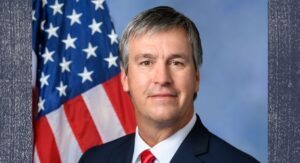Democrats aim to blast Donald Trump for favoring wealthy
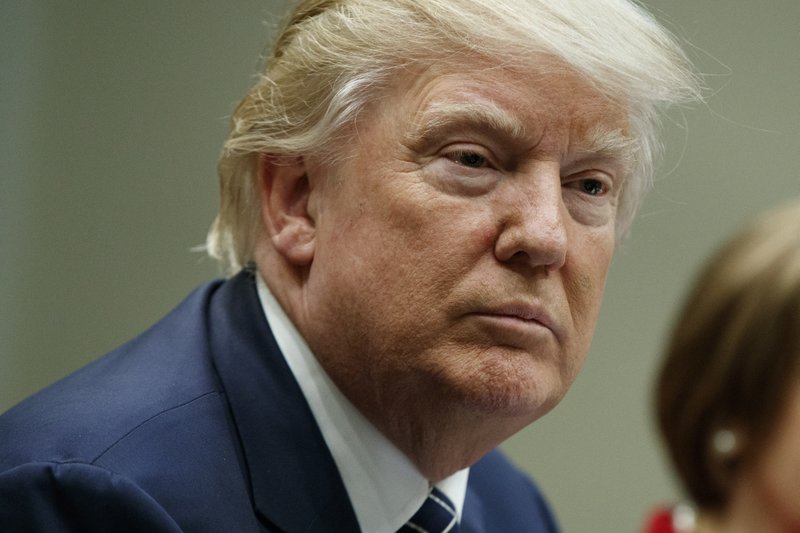
Democrats are out to capitalize on what they believe is growing public sentiment that President Donald Trump, the richest man to call the White House home, is turning his back on the people who got him elected in favor of his wealthy peers. The party is hoping that pitch will pack extra oomph at a time when even some Republicans are raising concerns that the GOP health-care plan could hurt the poor. Though stung by a series of defeats in special congressional elections, Democrats believe they can make inroads with some of Trump’s most loyal supporters by driving home the combined potential impact of proposed tax cuts that would largely benefit the wealthy and pending health care legislation that would fail to cover tens of millions of Americans enrolled in “Obamacare.” In a polling memo circulated by the Democratic group Priorities USA, Democrats say they have seen a significant shift in the last two months in the number of people that believe the president sides with the wealthy and big corporations over average Americans. Democrats plan to turn that message into a prominent sales pitch for their candidates and surrogates, and could make it the theme of ads as well. Guy Cecil, the group’s chairman, said that for the president’s first three months in office, voters who backed President Barack Obama then switched to Trump believed that the new president represented middle-class workers more than he represented the wealthy. But he said that has changed since April. “People are taking a second look,” says Cecil. “The reason that health care is so powerful is because it directly affects people’s lives and there’s a clear trade-off: You’re giving tax cuts to the rich; you’re taking health care away from everybody else.” Public polling also turns up growing unease about GOP attention to needs of the middle class. A Pew Research Center poll released last week found 57 percent of respondents said the Democratic Party “cares about the middle class” while 42 percent said that Republicans did. The White House dismissed the findings. “Unlike the Democrats who have no agenda and no ideas, the president is working hard to lower the cost of health care, cut taxes for all families and businesses, and create good jobs and higher wages for all,” said White House deputy press secretary Sarah Huckabee Sanders. Trump, of course, has never shied away from being associated with wealth. His insurgent candidacy for president was built on his business experience, and his time on the reality TV show “The Apprentice” cast him as America’s CEO, with his riches on full display. Even though he refused to release his tax returns, he boasted time and again on the campaign trail about how much money he had, even declaring, “I’m really rich.” That hasn’t changed since Trump took office. He spends most weekends at one of his opulent resorts, brags about his advisers’ wealth and even told the crowd at an Iowa rally last week that he didn’t “want a poor person” for any senior economic jobs. The nonpartisan Congressional Budget Office found that the House health care bill would leave 23 million people without insurance while the Senate would do the same to 22 million, with the brunt falling on older people with lower income. Trump’s proposed budget also targets many of the programs that help low-income Americans, such as help with heating their homes. Democrats hope it provides more ammunition to revive their effective 2012 attack lines claiming Mitt Romney had turned his back on the working and middle classes. But what worked against Romney may not necessarily be effective with Trump loyalists. “The draconian impact of the GOP Trumpcare bill is a potential asset for the Democrats,” said Wendy Schiller, political science professor at Brown University, “but the big obstacle for them is that the bill’s provisions do not take effect until well after 2018, and not entirely until 2025. So it is unclear they will be able to persuade the majority of voters in congressional districts that the sky is falling on health care if nothing much changes.” Moreover, many of the president’s backers don’t care about Trump’s wealth or his policies, their loyalty instead guided by partisan impulses and Trump’s larger-than-life personality and promises. “His supporters pay attention to what he’s saying, and less so to either the Democrats or the press,” Republican pollster Neil Newhouse said in an email. “Simply put, Democrats can criticize his health care plan and tax plan as much as they want, but it falls on deaf ears with Trump voters, as they simply tune it out.” The president’s allies point to all the failed attacks launched at Trump during the campaign and to GOP wins in the recent special elections as evidence that the Democrats won’t be successful if they are simply the anti-Trump party. Former Trump campaign adviser Barry Bennett says the party’s latest strategy is further evidence that the president is “living in their heads.” “Attacks like these are to define someone and Donald Trump is already completely defined,” Bennett said. “The people of Warren, Ohio, don’t care if he is rich. They care if he is creating jobs.” Republished with permission of The Associated Press.
Hillary Clinton campaign raced through $50 million last month
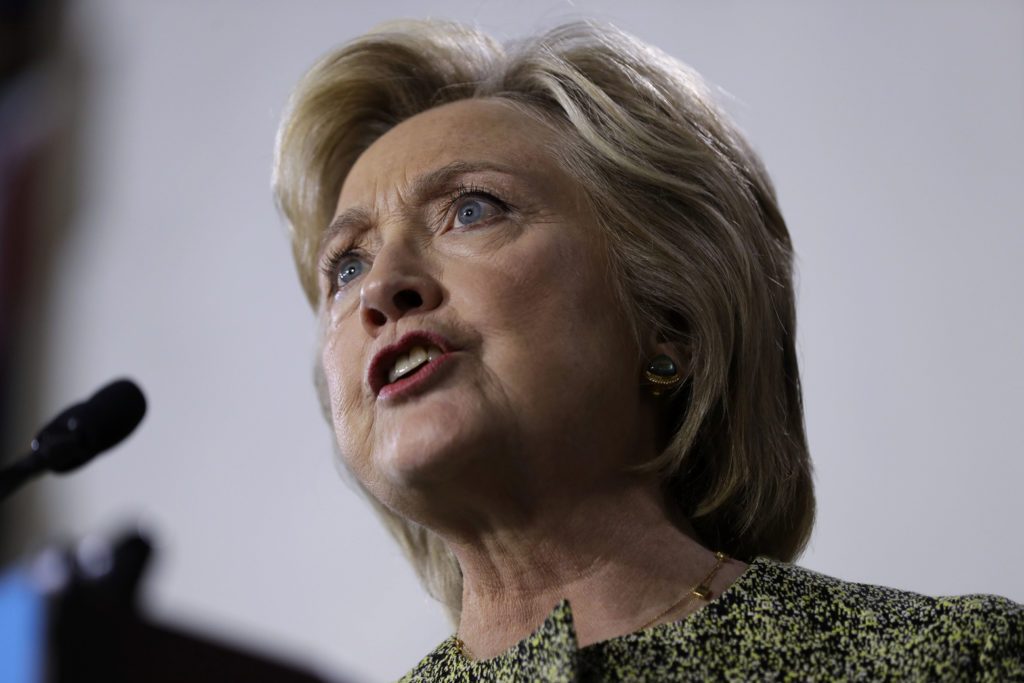
Hillary Clinton spent $645,000 more a day than her opponent Donald Trump last month, but even with her $50 million campaign outlay, she has not been able to pull away from him in the race for the White House. Clinton’s campaign had its most expensive month to date in August, eclipsing its previous monthly high by more than $12 million. And combined, Clinton and the national Democratic Party paid out $78 million in August, while Trump and the Republican National Committee spent about $47 million. While both candidates are raising huge sums from donors, their lopsided spending lays bare the difference in the two major party presidential campaigns. Clinton is running a conventional operation featuring multimillion-dollar ad buys and expansive voter outreach. Trump has kept spending down by enjoying seemingly limitless free media coverage and outsourcing the guts of his voter contact duties to the Republican Party. The spending disparity has also become a favored Trump boast. “Our expenditures on advertising, our expenditures on people, our expenditures on everything are a tiny fraction. And yet we’re minimum tied,” Trump said Tuesday at a rally in Kenansville, North Carolina. “If you can spend less and be winning, that’s a positive thing, right?” Josh Schwerin, a spokesman for the Clinton campaign, said Trump has been “derelict” in building a political operation that would help not only himself but down-ballot Republicans. Four years ago, President Barack Obama and GOP nominee Mitt Romney each raised and spent about $1 billion, a formidable number that Clinton’s national finance director has also set as a benchmark. Much of Clinton’s spending has been eaten up by advertising, which is costing her about $10 million per week. Through August, she blanketed 11 states with 35,714 broadcast television commercials to Trump’s 7,457 in five states, according to Kantar Media’s political ad data. Clinton also has built a robust campaign team of 800 employees who cost a total of about $5 million last month. Even after an August hiring spree, Trump has a far smaller shop of about 130 employees and more than 100 consultants. Among those consultants: Former campaign manager Corey Lewandowski. He parted ways with Trump in mid-June — and was immediately hired as a CNN contributor — but his Green Monster firm received a $20,000 payment for “strategy consulting” Aug. 11, the same amount it has regularly been paid for months. The Trump campaign’s biggest expense for the month was more than $11 million to Giles-Parscale for digital consulting and online advertising. Like Trump, the Texas firm is new to politics. The Clinton campaign’s August fundraising report shows increases in legal and polling expenses, which appear to reflect those firms’ billing cycles. The campaign spent about $450,000 on legal bills and almost $1.3 million on polling. The presidential spending is even more lopsided after factoring in the main super PACs backing each candidate. While the campaigns must adhere to a $2,700-per-person, per-election donation limit, super political action committees can accept unlimited amounts of money. Deep-pocketed Priorities USA spent $20.6 million last month, almost exclusively on Trump-bashing and Clinton-boosting TV, radio and digital. The group also replenished its war chest with a healthy $23.4 million haul. Trump’s outside boosters have so far raised and spent much less money; for example, one group, Great America PAC, spent just $2.6 million in August. Some late help may be on the way: On Tuesday, a group called Future 45 said it has a $5 million commitment from billionaire casino owner Sheldon Adelson and $1 million from members of the Ricketts family to attack Clinton. Clinton’s aides insist their investments will pay off on Election Day. “Battleground states carry that name for a reason: They’re going to be close, from now until Election Day,” campaign manager Robby Mook wrote in a memo to supporters this week. “But we are going to win them because we’ve spent the past year building a superior ground game to communicate our message and turn our people out to vote.” Yet if August finance reports are a guide, her heavy spending is only one piece of the puzzle. The polls have tightened significantly since Clinton benefited from a post-convention bump in early August. Some surveys still show her slightly ahead, but others show an extremely tight race nationally and in key battleground states such as Florida and Ohio. Republished with permission of the Associated Press.
Hillary Clinton has more cash; Donald Trump forgives loans
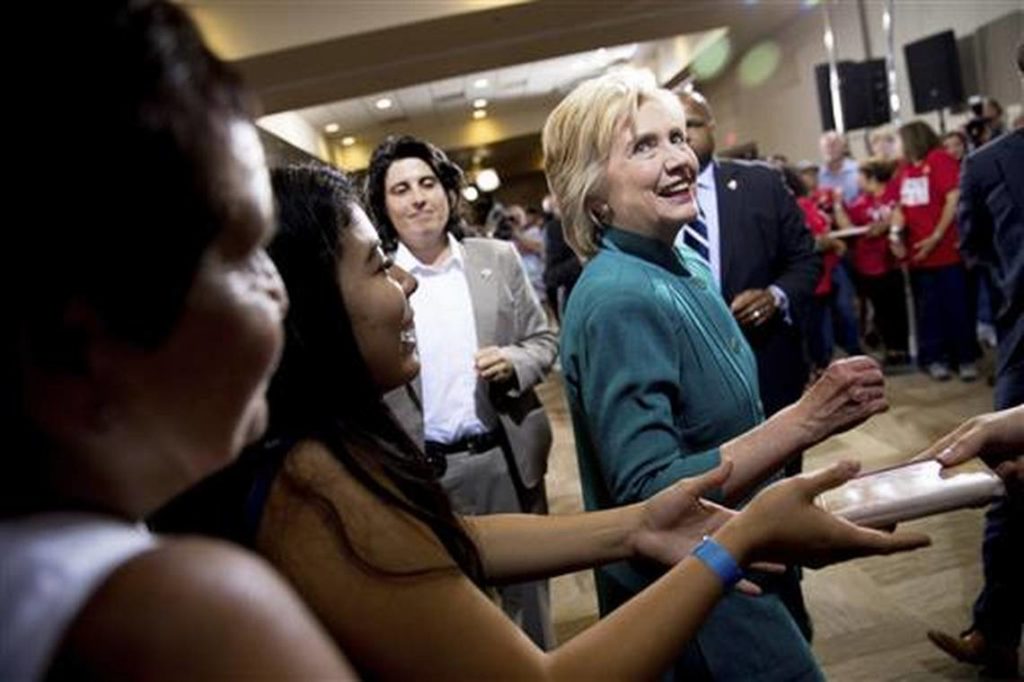
Democratic presidential candidate Hillary Clinton and her party entered July with nearly $11 million more on hand than her Republican counterpart’s operations, a strong showing of fundraising as both campaigns dive into the general election. Republican nominee Donald Trump also zeroed-out more than $47 million in personal loans he’s made to his own campaign since last year. Trump and the Republican Party, which officially selected Trump as its White House contender Tuesday, had $41 million cash on hand compared with Clinton and the Democrats’ $52 million. New campaign finance reports released Wednesday reveal the state of the 2016 money race as candidates and their supportive groups turn their attention to the November election. Fundraising has historically been a key metric in a campaign’s financial health, with funds paying campaign staffers and pricey TV ads. Despite being outraised by Clinton, Trump had more appeal among small donors. He raised more than $12.1 million from contributors giving $200 or less, since making his first-ever appeal for online contributions on June 21. That small-donor harvest was about double Clinton’s, despite Trump’s late start. Trump’s haul comes after a disappointing May report, during which the billionaire’s campaign finished with only $1.3 million to spend. With Trump and Clinton now becoming the official nominees, they’ll be able to make use not only of their campaign funds but also much of the money raised by their respective parties. On the GOP side, the Republican Party made up about half — or roughly $21 million — of the available cash on hand. For the Democrats, Clinton’s own fundraising accounted for most of the money left in the bank at the beginning of July. She had $44 million to spend. Clinton is expected to be formally nominated next week at the Democratic National Convention in Philadelphia. As with the 2012 election, “super” political action committees are adding to the financial might of both candidates. Outside political groups backing Clinton reported a money advantage over similar committees behind Trump. Priorities USA, the main super PAC helping Clinton, had more than $40 million in the bank at the beginning of July after spending nearly $24 million last month, the bulk on advertising targeted at swing-state voters. It received $1 million each from the National Education Association teachers union and Working for Working Americans, the super PAC of the United Brotherhood of Carpenters and Joiners. On the GOP side, the National Rifle Association’s political fund, which has been airing ads backing Trump and opposing Clinton, reported $13 million cash on hand at the beginning of July after raising $1.3 million last month. The NRA group also gave $60,000 to the Republican Party last month, including $45,000 for its convention in Cleveland this week. Rebuilding America Now, a super PAC supporting Trump, raised about $2.2 million in June, nearly all of which came from real estate developer Geoffrey H. Palmer. The majority of that money, about $1.4 million, went toward television ads attacking Clinton. Great America PAC, another group airing ads supporting Trump, brought in about $2.6 million in total. Make America Number 1 reported about $1.1 million in cash on hand at the beginning of this month, but it took in only $97.86 in revenue — a $25 donation and $72.86 in bank interest. The group was formerly a super PAC backing Texas GOP Sen. Ted Cruz‘s presidential bid, and also benefited from nearly $14 million in contributions from hedge fund billionaire Robert Mercer. Conservative-leaning American Crossroads received its biggest single donation last month, $1 million, from a trust linked to Joseph Craft of Tulsa, Oklahoma. Craft is the president and chief executive of Alliance Resource Management GP LLC, which oversees coal production. Democratic donor Tom Steyer, a former hedge-fund manager and climate-change activist, poured $7 million into the coffers of the Clinton-aligned NextGen Climate Action Committee. So far this election cycle, Steyer has given $18 million to the group. NextGen separately reported more than $9.4 million left to spend. Super PACs like Priorities USA and American Crossroads benefit from the 2010 U.S. Supreme Court decision in the Citizens United case. The decision allowed corporations and unions to contribute in unlimited ways to political races, so long as that money comes through super PACs that are not directly coordinated with the candidates. ___ Keep track on how much Clinton and Trump are spending on television advertising, and where they’re spending it, via AP’s interactive ad tracker. https://elections.ap.org/content/ad-spending ___ Republished with permission of the Associated Press.
Democratic advertising blitz awaits Donald Trump
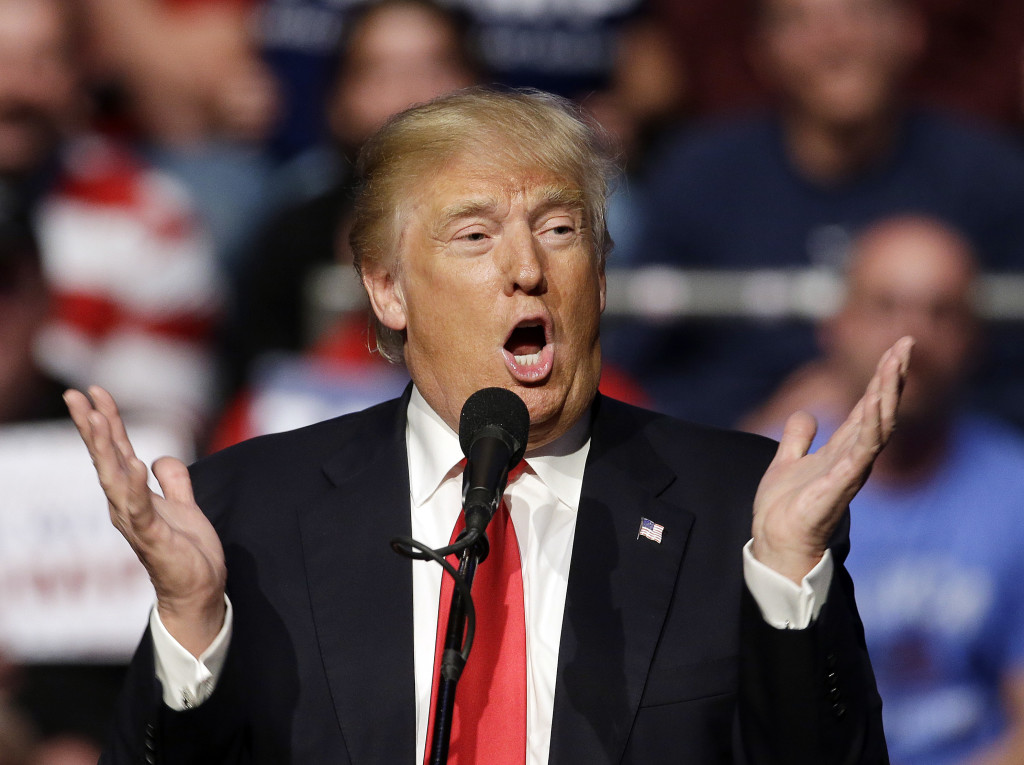
Long before Donald Trump swatted away his Republican presidential rivals, his likely Democratic opponent and her allies began laying traps for him. Priorities USA, the lead super PAC backing Hillary Clinton, has already reserved $91 million in television advertising that will start next month and continue through Election Day. In addition, Clinton’s campaign and Priorities USA have both debuted online videos that cast Trump in a negative light — a preview of what voters will see on TV over the next six months. So far, Priorities USA is the only group on either side that has rolled out such an ambitious advertising plan geared toward the general election. The group’s leaders say they’re trying to avoid what they see as the core mistake made by Trump’s Republican rivals — not pushing hard enough against him until it was too late. “There’s a reason that we have a head start,” said Justin Barasky, a Priorities USA spokesman, “and it’s that we’ve taken Donald Trump seriously all along, unlike the Republicans.” The group’s ad strategy will test what has been a hallmark of Trump’s GOP primary rise: his ability to withstand — even thrive in the face of — tens of millions of dollars in attack ads. An Associated Press review of Priorities USA’s TV buys, collected by Kantar Media’s Campaign Media Analysis Group, reveals a formidable 22-week advertising blitz through what the group considers key battleground states: Colorado, Florida, Iowa, Nevada, New Hampshire, Ohio and Virginia. In those states, Priorities USA will start ads in major metropolitan areas, then broaden its outreach to smaller cities as the November election approaches. The group will also start ads on satellite TV in September. According to the CMAG data, Priorities USA plans to spend about $4 million a week through most of June. The group then slows spending through July, taking off the weeks of the Republican and Democratic conventions, when widespread television coverage essentially provides free media time for the candidates. Priorities USA returns to the airwaves in August and begins unloading $60 million in ads between September and Election Day. The week of the election, Priorities USA plans to spend about $8 million in the seven battleground states. The heaviest concentration is in Florida, where the group has reserved $23 million in time, mostly in Orlando and in Tampa. The group also plans to spend about $19.5 million in the traditional presidential bellwether state of Ohio. More than half is for Cleveland, Akron and Columbus. There’s no substantive GOP counterweight to the pro-Clinton effort — partly because Trump has repeatedly trashed big donors and called the outside groups that can raise unlimited money from them “corrupt.” As the presumptive GOP nominee, Trump is now beginning his outreach to donors. But even if he fully embraces outside help, he’s far behind: One super PAC backing him, Great America, was almost $700,000 in debt at the end of March. Another group that was a major player in the 2012 race, American Crossroads, is still “evaluating what our specific role will be,” said spokesman Ian Prior. Television ads are only one part of Priorities USA’s strategy. It is putting at least $35 million into online advertising between June and Election Day, Barasky said. Those ads will largely aim to drive up turnout among core Democratic groups: African-Americans, Hispanics, women and younger voters, Barasky said. Trump is already getting a taste of what some these ads will say. On Thursday, Priorities USA overlaid audio of Trump talking about “unifying” the Republican Party with images of violence that has erupted inside and outside of his massive rallies. “I think we’re going to win in November,” Trump says at the end. “NOPE,” reads text on the screen. “Vote for Hillary Clinton.” That follows an online video the Clinton campaign put out Wednesday that features clips of prominent Republicans, including his former rivals, bashing Trump in every possible way. “He needs therapy,” says former Florida Gov. Jeb Bush at the end of the spot. Republished with permission of the Associated Press.


